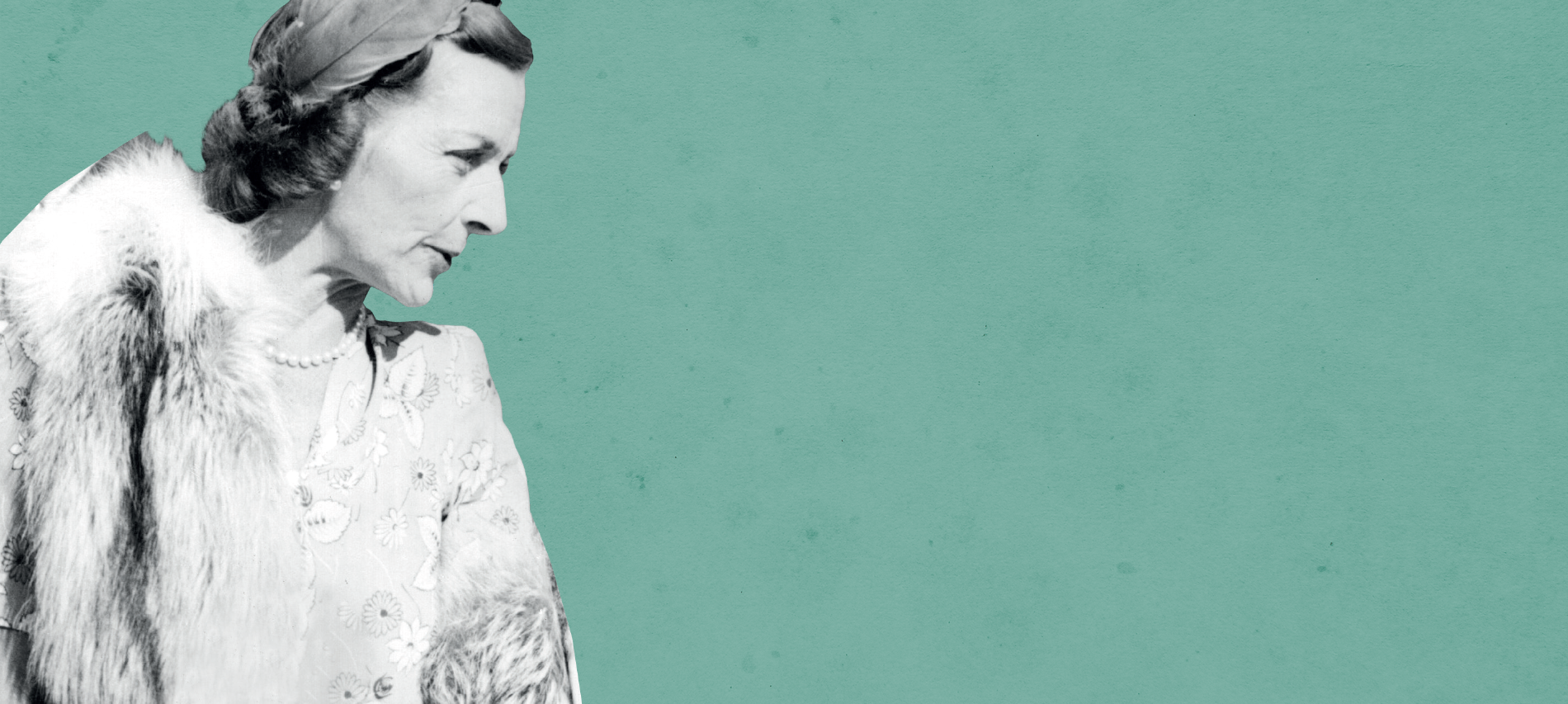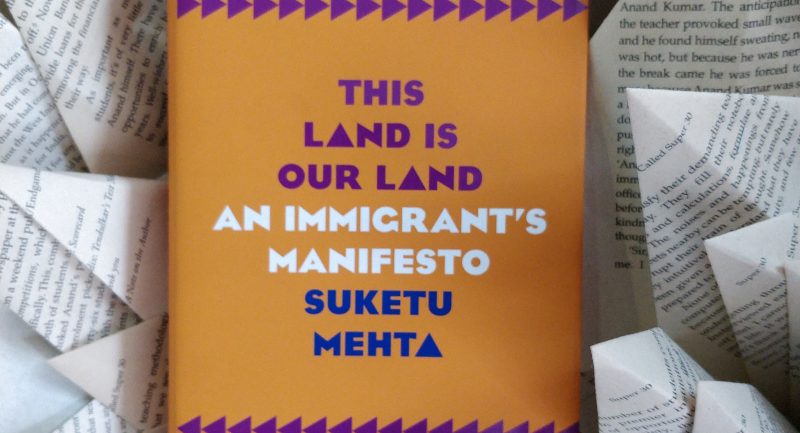
In the spring of 1947, Lord and Lady Mountbatten set foot in the sultry heat of Delhi. A woman of unparalleled charisma, influence and beauty, Edwina Mountbatten was also one of Jawahar’s closest. Little did anyone know that their lives were about to change forever as lines would be drawn through the soul of undivided India.
A beautiful, heart-breaking tale of love, loss and unflinching faith, Rhiannon Jenkins Tsang’s The Last Vicereine takes us through a blossoming relationship that was one of a kind, amidst the storm of Partition.
Here is an excerpt from the novel:
My God, India was hot! Standing on the tarmac at Palam airport, the heat took my breath away. Everything was white. My eyes ached from the brightness. Had I been living so long in the darkness that I had forgotten the light?
Where I sweated and wilted, Edwina was as cool as a cucumber. We had landed ages ago and the boxes were mostly unloaded. The Viceroy and Vicereine Designates had been received by the waiting dignitaries and Dickie had long since finished inspecting the guard of honour. Yet she tarried.
She stood about ten feet away from the foot of the steps to the aircraft. All fizz and sparkle, her weight resting seductively on to one hip, she was deep in conversation with two Indian men. Already, they were under her spell. They were Liaquat Ali Khan, General Secretary of the Muslim League, and Jawaharlal Nehru, Vice President of the interim government. Both of them were famous and I recognized them immediately from newsreels, papers and books. The handsome, charismatic Nehru was the man most likely to be the Prime Minister of the new independent India after we left. But it looked like Edwina knew them personally. She had greeted them like they were long-lost friends. Now she was chatting animatedly, talking French style, with her hands and shoulders, as was her way.
The rest of us were gathered by the cars, waiting to leave the airport. Dickie’s face was inscrutable. But he pulled awkwardly at the hem of his jacket as if trying to straighten it when it was not creased. It was getting embarrassing. She was almost flirting. Did she know she was keeping everyone waiting? If she did, she didn’t seem to care.
Squinting and shading my eyes against the sun, I saw that now Nehru was doing the talking. He must have said something very funny for Khan rolled his eyes to the sky and all three of them burst out laughing.
It was a relief when at last we got in the cars.
‘Best keep the windows up as much as you can once you enter Delhi,’ the young British officer from the 14th Punjabi Regiment warned. He closed our car door gently, almost as if he were tucking children up in bed.
I was squashed between the side of the car and Ronnie Brockman who seemed owl-like in his spectacles. He, in turn, was wedged against a bulging padlocked briefcase and Elizabeth Ward. Just after we landed Edwina had thrust the shoebox containing the tiara into my hands for safe keeping. Tenderly, I cradled it in my lap as the cars sped towards New Delhi.
On the outskirts of the city we stopped so that Edwina and Dickie could transfer into the horse-drawn landau for the final leg of the journey to Viceroy’s House. I could not see the point of such a show for there was a marked lack of crowds to welcome the new Viceroy and Vicereine. Out of nowhere, I remembered that in 1912 someone had thrown a bomb at the elephant carrying the then Viceroy, Lord Hardinge, and his wife when they were passing through Chandni Chowk in Old Delhi. The Viceroy had sustained serious injuries, and the mahout had been killed. And now Dickie and Edwina were out in front in the open-topped carriage. They smiled through clenched teeth at the non-existent crowds, and hated one another. They had not exchanged more than a few words during the whole flight.
Through the windscreen of the car I watched the landau with its mounted escort of the Viceroy’s bodyguard, wheel past India Gate. Facing the Gate was a high stone canopy underneath which stood a monumentally square, almost Soviet-style statue of King George V.
‘Look!’ Ronnie Brockman pointed to the great cupola dome of Viceroy’s House. In the distance, it seemed to float on a cushion of the palest blue. ‘Designed by Sir Edwin Lutyens. Isn’t it magnificent?’ Ronnie had been in New Delhi during the war when he was Secretary to Lord Louis in his capacity as Supreme Allied Commander South East Asia. He was gearing up for the role of tour guide. ‘The city of New Delhi was commissioned in 1911, and designed by Lutyens and his colleague Herbert Baker. It is in a unique style, as you will see, combining Western classicism with Indian decorative motifs.’ Elizabeth and I nodded dutifully. Judging the danger of bombs, stones and Molotov cocktails to be minimal by this point, I rolled the window down.
There was no wind, not even the promise of a breeze. The pennants on the lances of the Viceroy’s bodyguard barely moved. The men were tall in their turbans, splendid in white breeches, black jackboots and red jackets. The hooves of their horses clattered as they rode a neat collected trot.
‘North Block, South Block.’ Ronnie Brockman was feeling at home, proudly indicating the two great administrative blocks of red sandstone, one on either side of the road, each topped with its own miniature dome. Here was the heart of the British Raj that ruled over four hundred million people. I wondered who might be looking down at us from behind the black unblinking windows. The size and the scale of the buildings made Whitehall look like a toy town. Surely it was Britain that was ruled by India, not the other way round?
Grab your copy of ‘The Last Vicereine’ here today!










